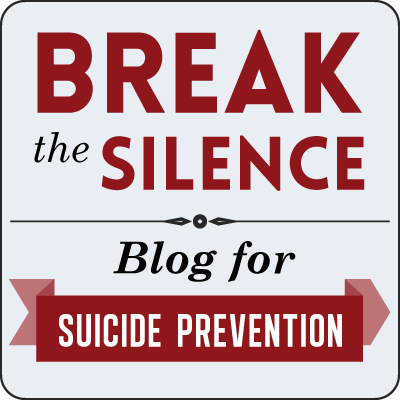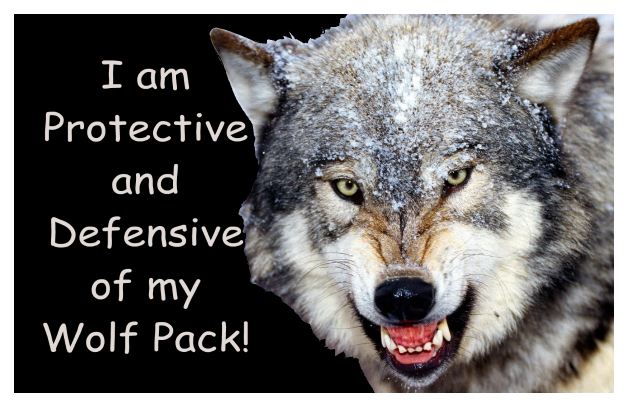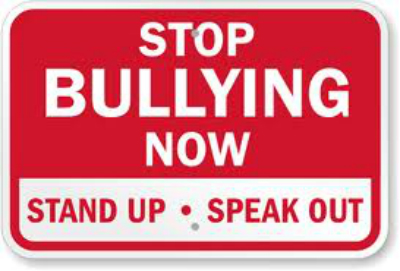
Today, I would like to tell you a bit about the Memory Monster you can encounter.
It’s called Post Traumatic Stress Disorder (PTSD)
This particular monster will haunt you after you experience something very traumatic.
First of all, let’s see what the specialists can tell us about this monster:
Post traumatic stress disorder (PTSD) is an anxiety disorder that may develop after a person is exposed to one or more traumatic events, such as sexual assault, serious injury, witnessing the death of a loved one, losing someone close or the threat of death. The diagnosis may be given when a group of symptoms such as disturbing recurring flashbacks, avoidance or numbing of memories of the event continue for more than a month after the traumatic event.
That just sucks! You already have experienced something awful and afterwards you have to battle this monster as well!

How identify this Monster
After a traumatic experience, it’s normal to feel frightened, sad, anxious, and disconnected. But if the upset doesn’t fade and you feel stuck with a constant sense of danger and painful memories, you may be suffering from post-traumatic stress disorder (PTSD). It can seem like you’ll never get over what happened or feel normal again. Your mind becomes a dark place.
The symptoms of post-traumatic stress disorder (PTSD) can arise suddenly, gradually, or come and go over time. Sometimes symptoms appear seemingly out of the blue. At other times, they are triggered by something that reminds you of the original traumatic event, such as a noise, an image, certain words, or a smell.
While everyone experiences PTSD differently, there are three main types of symptoms:
- Re-experiencing the traumatic event
- Avoiding reminders of the trauma
- Increased anxiety and emotional arousal

Symptoms of PTSD: Re-experiencing the traumatic event
- Intrusive, upsetting memories of the event
- Flashbacks (acting or feeling like the event is happening again)
- Nightmares (either of the event or of other frightening things)
- Feelings of intense distress when reminded of the trauma
- Intense physical reactions to reminders of the event (e.g. pounding heart, rapid breathing, nausea, muscle tension, sweating)
Symptoms of PTSD: Avoidance and numbing
- Avoiding activities, places, thoughts, or feelings that remind you of the trauma
- Inability to remember important aspects of the trauma
- Loss of interest in activities and life in general
- Feeling detached from others and emotionally numb
- Sense of a limited future (you don’t expect to live a normal life span, get married, have a career)
Symptoms of PTSD: Increased anxiety and emotional arousal
- Difficulty falling or staying asleep (insomnia)
- Irritability or outbursts of anger
- Difficulty concentrating
- Hypervigilance (on constant “red alert”)
- Feeling jumpy and easily startled
Other common symptoms of post-traumatic stress disorder (PTSD)
- Anger
- Guilt, shame or self-blame
- Trust issues
- Change in behavior
- Depression
- Suicidal thoughts and feelings
- Feeling alone
- Physical aches and pain
How to deal with this Monster

Battling this monster yourself
First of all: Do NOT be ashamed! Do not hide and do NOT give up! You are NOT alone!
Treatment for PTSD relieves symptoms by helping you deal with the trauma you’ve experienced. Rather than avoiding the trauma and any reminder of it, treatment will encourage you to recall and process the emotions and sensations you felt during the original event. In addition to offering an outlet for emotions you’ve been bottling up, treatment for PTSD will also help restore your sense of control and reduce the powerful hold the memory of the trauma has on your life.
Types of treatment for post-traumatic stress disorder (PTSD)
- Trauma-focused cognitive-behavioral therapy. Cognitive-behavioral therapy for PTSD and trauma involves carefully and gradually “exposing” yourself to thoughts, feelings, and situations that remind you of the trauma. Therapy also involves identifying upsetting thoughts about the traumatic event–particularly thoughts that are distorted and irrational—and replacing them with more balanced picture.
- Family therapy. Since PTSD affects both you and those close to you, family therapy can be especially productive. Family therapy can help your loved ones understand what you’re going through. It can also help everyone in the family communicate better and work through relationship problems caused by PTSD symptoms.
- Medication is sometimes prescribed to people with PTSD to relieve secondary symptoms of depression or anxiety. Antidepressants such as Prozac and Zoloft are the medications most commonly used for PTSD. While antidepressants may help (you feel less sad, worried, or on edge,) they do not treat the causes of PTSD.
- EMDR (Eye Movement Desensitization and Reprocessing) incorporates elements of cognitive-behavioral therap with eye movements or other forms of rhythmic, left-right stimulation, such as hand taps or sounds. Eye movements and other bilateral forms of stimulation are thought to work by “unfreezing” the brain’s information processing system, which is interrupted in times of extreme stress.
· PTSD self-help tips
- Post-traumatic stress disorder (PTSD) can make you feel disconnected from others. You may be tempted to withdraw from social activities and your loved ones. But it’s important to stay connected to life and the people who care about you. Support from other people is vital to your recovery from PTSD, so ask your close friends and family members for their help during this tough time. Especially when you relapse on PTSD.
- Also consider joining a support group for survivors of the same type of trauma you experienced. Support groups for post-traumatic stress disorder (PTSD) can help you feel less isolated and alone. They also provide invaluable information on how to cope with symptoms and work towards recovery. If you can’t find a support group in your area, look for an online group.
- When you’re struggling with difficult emotions and traumatic memories, you may be tempted to self-medicate with alcohol or drugs. But while alcohol or drugs may temporarily make you feel better, they make post-traumatic stress disorder (PTSD) worse in the long run. Substance use worsens many symptoms of PTSD, including emotional numbing, social isolation, anger, and depression. It also interferes with treatment and can add to problems at home and in your relationships.
- Overcoming your sense of helplessness is key to overcoming post-traumatic stress disorder (PTSD). Trauma leaves you feeling powerless and vulnerable. It’s important to remind yourself that you have strengths and coping skills that can get you through tough times.
- One of the best ways to reclaim your sense of power is by helping others: volunteer your time, give blood, reach out to a friend in need, or donate to your favorite charity. Taking positive action directly challenges the sense of helplessness that is a common symptom of PTSD.

When a loved one is battling this Monster:
If a loved one has post-traumatic stress disorder (PTSD), it’s essential that you take care of yourself and get extra support. PTSD can take a heavy toll on the family or friendship if you let it. It can be hard to understand why your loved one won’t open up to you—why he or she is less affectionate and more volatile. The symptoms of PTSD can also result in job loss, substance abuse, and other stressful problems.
Letting your loved one’s PTSD dominate your life while ignoring your own needs is a surefire recipe for burnout. In order to take care of your loved one, you first need to take care of yourself. It’s also helpful to learn all you can about post-traumatic stress disorder (PTSD). The more you know about the symptoms and treatment options, the better equipped you’ll be to help your loved one and keep things in perspective.

Helping a loved one with PTSD
- Be patient and understanding. Getting better takes time, even when a person is committed to treatment for PTSD. Be patient with the pace of recovery and offer a sympathetic ear. A person with PTSD may need to talk about the traumatic event over and over again. This is part of the healing process, so avoid the temptation to tell your loved one to stop rehashing the past and move on. Remember that some people with severe cases of PTSD may never fully recover. Wounds leave scars.
- Try to anticipate and prepare for PTSD triggers. Common triggers include anniversary dates; people or places associated with the trauma; and certain sights, sounds, or smells. If you are aware of what triggers may cause an upsetting reaction, you’ll be in a better position to offer your support and help your loved one calm down.
- Don’t take the symptoms of PTSD personally. Common symptoms of post-traumatic stress disorder (PTSD) include emotional numbness, anger, and withdrawal. If your loved one seems distant, irritable, or closed off, remember that this may not have anything to do with you or your relationship. A lot of people with PTSD will try to push you away, either to protect themselves or to protect you from them.
- Don’t pressure your loved one into talking. It is very difficult for people with PTSD to talk about their traumatic experiences. For some, it can even make things worse. Never try to force your loved one to open up. Let the person know, however, that you’re there when and if he or she wants to talk.

I am battling PTSD for quite some time now and I can tell you, it’s not an easy battle! This monster is vicious and has an influence on your daily life and of those who love you. It changes you. But you can’t let it win! Keep fighting! And if you ever need someone to talk, just know that I am here and I care. ❤

Most important thing to remember about this Monster: It can attack anyone, so don’t judge, just care!

Lots of Love,
Patty








































